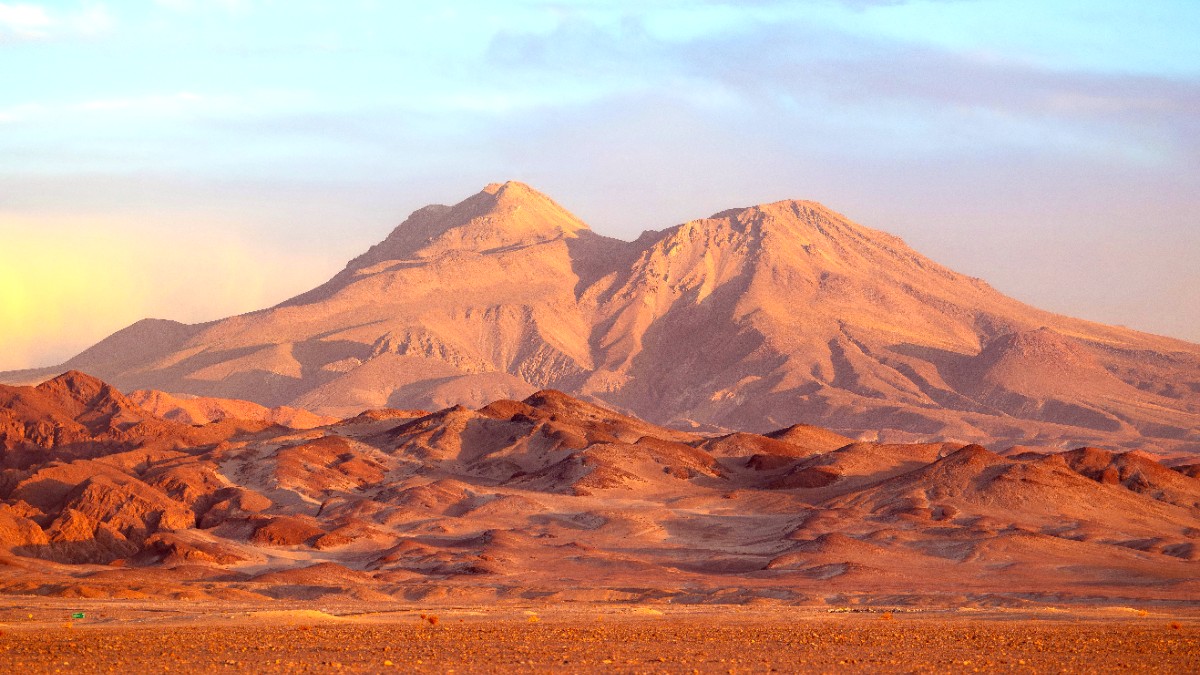
Northern Chile, Chile
Most nationalities, including citizens from the United States, Canada, European Union countries, Australia, and New Zealand, do not need a visa for tourist stays up to 90 days. Check the Chilean Ministry of Foreign Affairs website or your nearest Chilean embassy if your country is not on this list.
Prepare documents for entry: Your passport valid for at least six months beyond your planned departure, proof of onward or return travel, and proof of sufficient funds for your stay. For visa assistance, consider IVisa or VisaHQ.
Standard tourist activities in San Pedro de Atacama do not have special permit requirements. Border crossings to Bolivia or Argentina (e.g., Paso Jama) may need specific vehicle documents for driving, and separate visas for those countries apply.
No specific health-related entry requirements are currently in place for general tourism to Chile.
Crowded, higher prices, warmer.
Warmest daytime temperatures, all tours operate frequently.
Higher prices, crowded attractions, potential "Altiplanic Winter" rains.
Pleasant, fewer crowds, better prices.
Pleasant temperatures, fewer crowds, better prices, clear skies for stargazing.
Nights can remain cold, especially in May and September.
Fewest crowds, lowest prices.
Fewest crowds, lowest prices for accommodation and tours.
Coldest temperatures, fewer tour departures due to lower demand.
Any time of year with clear skies suits stargazing. Winter months (June-August) offer the clearest and crispest views due to lower humidity.
Shoulder seasons (March-May, September-November) present comfortable temperatures and clear conditions for high-altitude tours like El Tatio Geysers or Altiplanic Lagoons. Winter is very cold for early morning departures.
Winter months (June-August) for optimal clarity.
Shoulder seasons (March-May, Sep-Nov) for comfort.
Shoulder seasons provide ideal daytime temperatures.
Shoulder seasons balance weather, crowds, and prices.
"Altiplanic Winter" rains from Jan-Mar may affect roads.
The Chilean Peso (CLP) is the currency. ATMs are available, but reliability varies. Obtain some Chilean Pesos in larger cities like Santiago or Calama beforehand. Many places accept credit cards, but smaller vendors prefer cash.
San Pedro de Atacama is typically more expensive than other Chilean areas.
Understand costs for various services:
Transport expenses vary based on choice and distance:
No specific vaccinations are required for entry to Chile. Routine vaccines (MMR, DTP), Hepatitis A, and Typhoid are common recommendations. Consult a travel doctor or health clinic before your trip for personalized advice.
Headache, nausea, dizziness. Acclimatize for 24-48 hours. Stay hydrated. Avoid alcohol.
Dry desert climate. Drink plenty of water throughout the day. A Reusable water bottle is useful.
Intense sun at altitude. Use High SPF sunscreen, wear a Wide-brimmed hat, Sunglasses, and protective clothing.
Dryness: Expect dry skin and chapped lips. Bring moisturizer and lip balm. Tap water in San Pedro de Atacama is not safe for drinking. Use bottled water.
San Pedro de Atacama has a local health clinic (CESFAM San Pedro de Atacama) for basic medical needs and emergencies. For serious conditions, transfer to Calama or Antofagasta, which have larger hospitals, may be necessary.
Food hygiene standards are generally good in established restaurants. Use caution with street food. Consider LifeStraw for water filtration.
Emergency numbers in Chile: Ambulance (131), Police (133), Fire (132).
San Pedro de Atacama is a very safe town for tourists. Violent crime is rare.
Pickpocketing or bag snatching can occur in crowded areas or if valuables are left unattended. Pacsafe provides anti-theft bags.
Be aware of your surroundings, especially at night. The town has no specific high-risk neighborhoods.
Chile's location presents natural disaster risks:
A comprehensive policy covering medical emergencies, trip interruptions, and baggage loss is recommended. Consider World Nomads or SafetyWing.
Includes high-altitude sickness and evacuation. Essential for the region's unique risks.
Covers trip cancellation or interruption. Unexpected events can occur.
Covers baggage loss and personal liability. Compare policies from reliable providers.